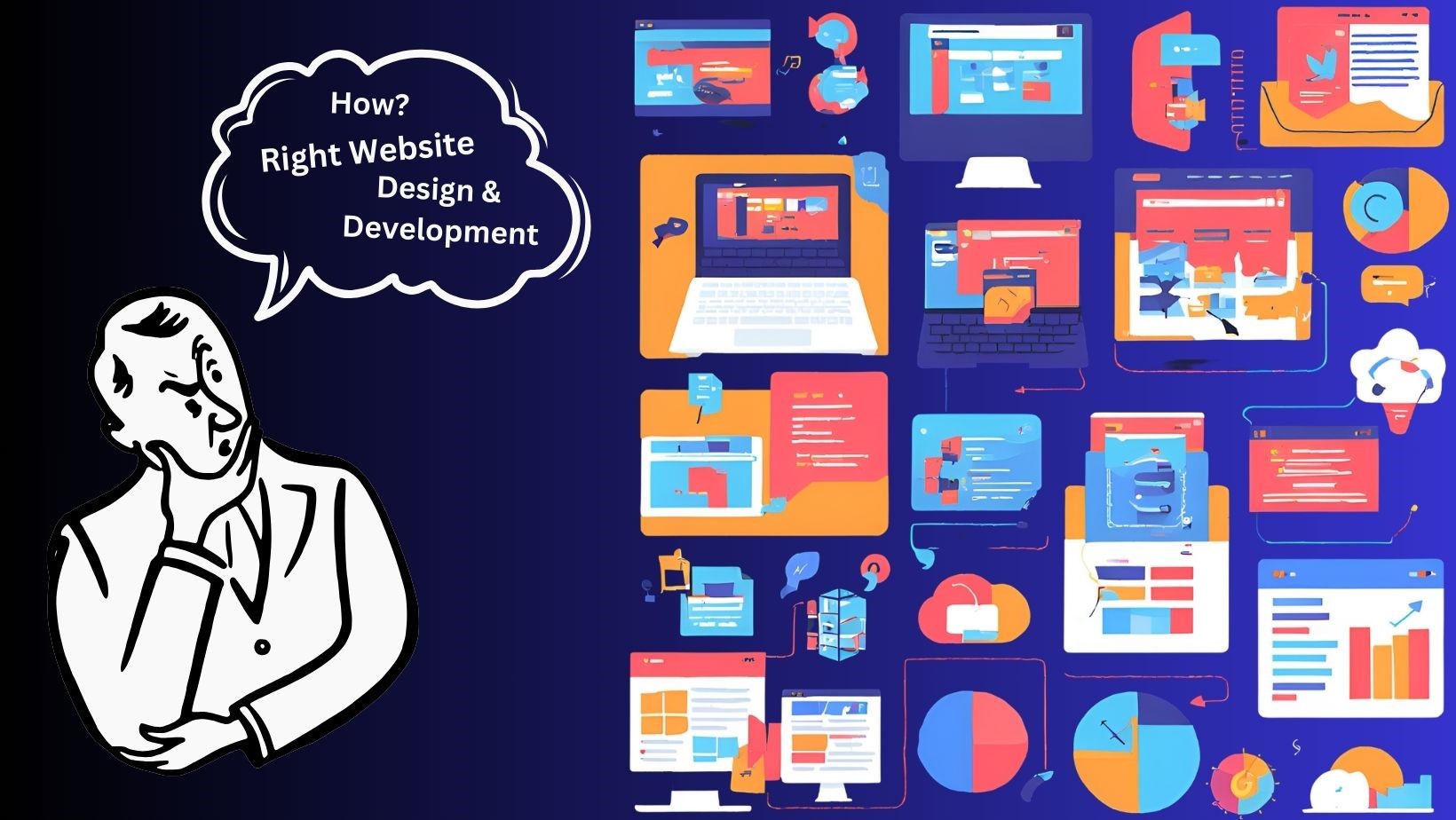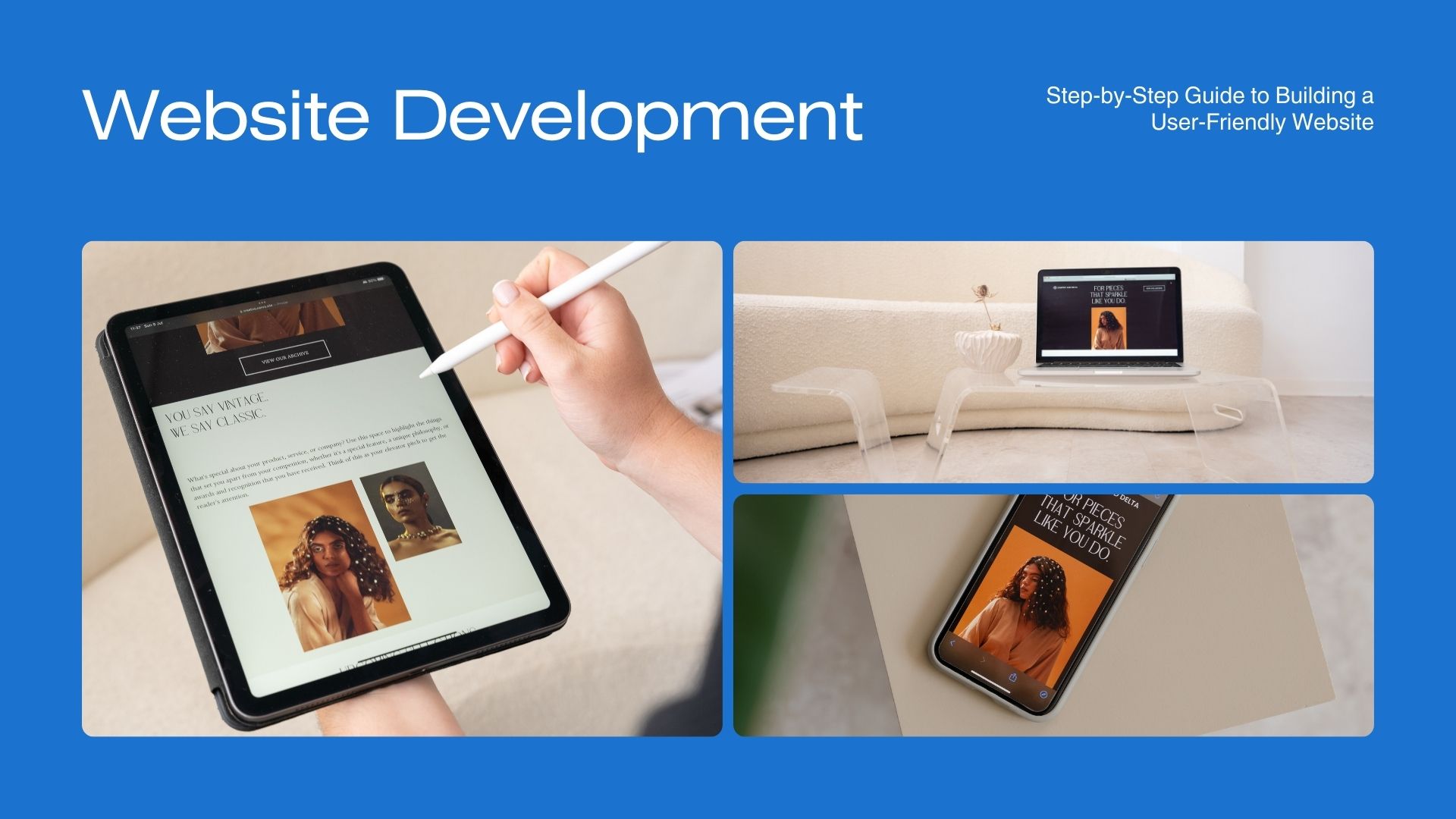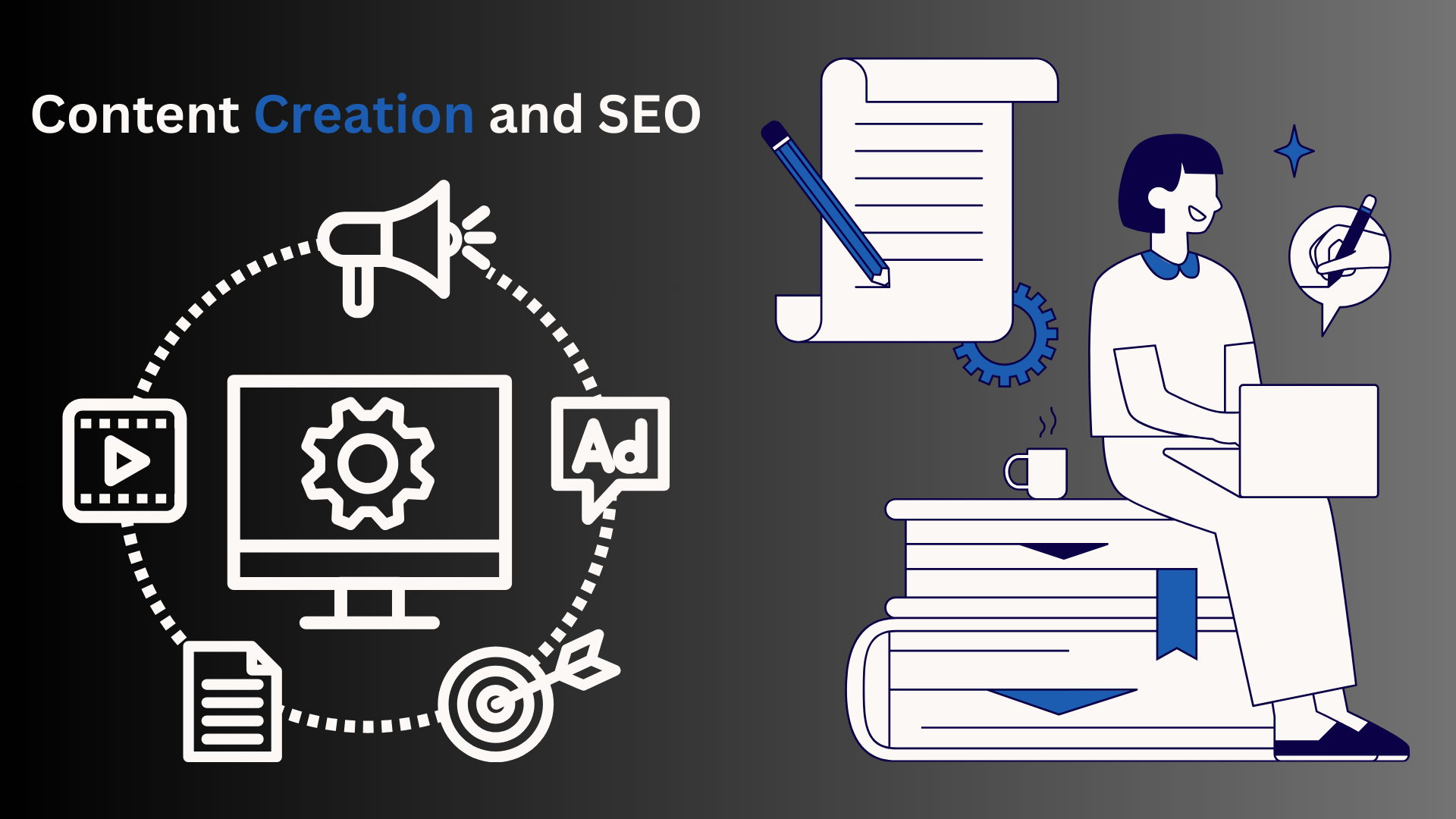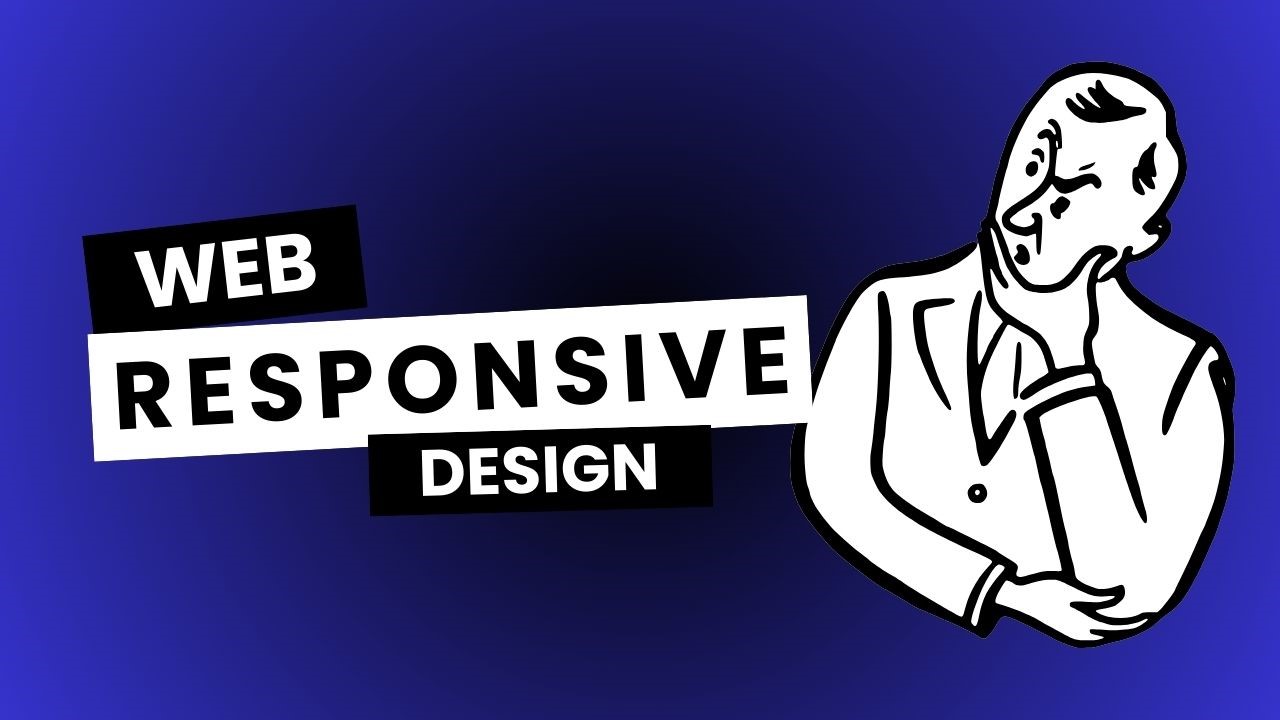
Have you ever visited a website on your smartphone, only to find yourself squinting at tiny text or frantically zooming in to click a button? 😫 In today's mobile-first world, this frustrating experience is not just inconvenient—it's costing businesses valuable customers.
Enter responsive design: the game-changing approach to web development that ensures your site looks stunning and functions flawlessly across all devices. But is it really worth the investment? Some skeptics argue that responsive design is overrated, while others swear by its effectiveness. As we dive into the world of web development services, we'll explore why responsive design has become a non-negotiable element for businesses aiming to thrive in the digital landscape.
Join us as we unpack the concept of responsive design, examine its benefits, and address common misconceptions. We'll also share insights on how embracing this approach can lead to long-term partnerships and sustainable results for your business. Let's embark on this journey to understand why responsive design is not just a trend, but a crucial component of modern web development.
We foster and form long-term partnerships so that your business has long-term results.
Over 90%
At our web development agency, we take pride in fostering long-term partnerships with our clients, resulting in an impressive client retention rate of over 90%. This remarkable statistic is a testament to our commitment to delivering exceptional value and ongoing support.
Here's why our long-term partnerships are beneficial for your business:
- Consistent growth
- Evolving strategies
- Cost-effectiveness
- Deep understanding of your brand
Our approach to building lasting relationships is based on:
- Regular communication
- Proactive problem-solving
- Continuous improvement
- Tailored solutions
Benefit
| Benefit | Short-term Engagement | Long-term Partnership |
|---|---|---|
| Cost | Higher initial costs | Lower costs over time |
| Quality | Variable | Consistently high |
| Results | Short-lived | Sustainable growth |
By investing in a long-term partnership with us, you're not just getting a one-time service; you're gaining a dedicated team that's invested in your success. Our deep understanding of your business allows us to anticipate needs and provide solutions that drive continuous growth and improvement.
What is responsive design?
Definition of Responsive Design
Responsive design is an approach to web development that ensures websites adapt seamlessly to different screen sizes and devices. It involves creating flexible layouts, images, and cascading style sheets to provide an optimal viewing experience across a wide range of devices, from desktop computers to smartphones and tablets.
Key Components of Responsive Design
- Fluid Grids
- Flexible Images
- Media Queries
Fluid Grids vs. Fixed-Width Layouts
| Aspect | Fluid Grids | Fixed-Width Layouts |
|---|---|---|
| Adaptability | Adjusts to screen size | Remains static |
| User Experience | Consistent across devices | May require scrolling on small screens |
| Maintenance | Single codebase | Multiple versions needed |
Flexible Images
Flexible images are a crucial element of responsive design. They automatically adjust their size to fit the container they're placed in, ensuring they look great on any device. This is typically achieved through CSS techniques such as:
- Setting max-width: 100%
- Using the picture element
- Implementing srcset attribute
Media Queries
Media queries allow developers to apply different CSS styles based on the characteristics of the device, such as its width, height, or orientation. This enables the creation of breakpoints where the layout can change to better suit the screen size.
Now that we have a clear understanding of responsive design and its key components, let's explore why investing in this approach is crucial for modern web development.
Why should you invest in responsive design?
Improved User Experience
Responsive design significantly enhances user experience across devices. By adapting to various screen sizes, it ensures content remains readable and easily navigable, reducing user frustration and increasing engagement. This adaptability leads to:
- Faster loading times
- Easier navigation
- Consistent brand experience
Better Search Engine Rankings
Search engines, particularly Google, prioritize mobile-friendly websites. Responsive design helps improve your site's visibility in search results:
| SEO Factor | Impact of Responsive Design |
|---|---|
| Mobile-first indexing | Improved crawling and indexing |
| Page load speed | Faster loading on mobile devices |
| User engagement | Lower bounce rates, longer session durations |
Cost-Effective Development
Investing in responsive design is more cost-effective than maintaining separate desktop and mobile versions:
- Single codebase to maintain
- Easier updates and modifications
- Reduced development time for new features
Future-Proofing Your Website
As new devices with varying screen sizes continue to emerge, responsive design ensures your website remains accessible and functional. This adaptability safeguards your investment and maintains your online presence across evolving technologies.
With these compelling reasons to invest in responsive design, it's clear that it's not just a trend but a necessity in modern web development. Next, we'll address a common question: Is responsive design overrated?
Is responsive design overrated?
The Misconception of Overrated Responsive Design
Responsive design is far from overrated; in fact, it's become increasingly crucial in today's multi-device landscape. Let's examine why this perception might exist and why it's misguided.
Common Myths vs. Reality
| Myth | Reality |
|---|---|
| It's just a trend | Essential for user experience across devices |
| Unnecessary for small businesses | Crucial for all businesses to reach mobile users |
| Too expensive to implement | Cost-effective in the long run, reducing maintenance |
| Desktop-only sites are sufficient | Mobile traffic now surpasses desktop in many industries |
The Undeniable Benefits
- Improved user experience across all devices
- Higher search engine rankings due to mobile-friendliness
- Increased conversion rates and lower bounce rates
- Future-proofing websites for emerging technologies
Addressing Concerns
While some may argue that responsive design adds complexity to development, the benefits far outweigh the initial challenges. Modern frameworks and tools have simplified the process, making it more accessible than ever.
The Role of Responsive Design in Modern Web Strategy
Now that we've debunked the myth of responsive design being overrated, it's clear that it plays a crucial role in modern web development. As we move forward, we'll explore how to effectively implement responsive design in your website strategy.
Embrace responsive design for your website
Steps to Embrace Responsive Design
- Adopt a Mobile-First Approach
- Use Flexible Layouts and Grids
- Implement Responsive Images and Media
- Optimize Typography for Different Screens
Mobile-First Approach
Starting with mobile designs and gradually expanding to larger screens ensures a solid foundation for responsive design. This approach prioritizes essential content and functionality, creating a streamlined user experience across all devices.
Flexible Layouts and Grids
Utilize CSS flexbox and grid systems to create adaptable layouts that automatically adjust to various screen sizes. This flexibility allows your content to flow seamlessly across different devices without sacrificing design integrity.
| Layout Type | Advantages | Best Used For |
|---|---|---|
| Flexbox | One-dimensional layouts, easy alignment | Navigation menus, card layouts |
| Grid | Two-dimensional layouts, complex structures | Overall page structure, image galleries |
Responsive Images and Media
Implement techniques like:
- srcset attribute for serving different image sizes
- CSS object-fit property for maintaining aspect ratios
- Lazy loading for improved performance
Optimizing Typography
- Use relative units (em, rem) for font sizes
- Implement a modular scale for consistent typography across breakpoints
- Adjust line heights and letter spacing for optimal readability on different screens
By following these steps, you'll create a website that provides an excellent user experience no matter the device.
Why Responsive Design is Vital for Your Business
Responsive design isn't just a technical trend—it's a must-have for businesses that want to succeed in the digital age. Whether you're a startup, a growing company, or a well-established brand, ensuring your website is accessible, functional, and user-friendly on all devices is crucial to maintaining your competitive edge.
Investing in responsive design not only improves user experience and search engine rankings but also prepares your business for future growth. Don't let your website fall behind—embrace responsive design to stay ahead of the curve and connect with customers no matter where they are or what device they're using.
At Anshu Web Solutions, we specialize in web development services that prioritize responsive design, ensuring your business thrives online.







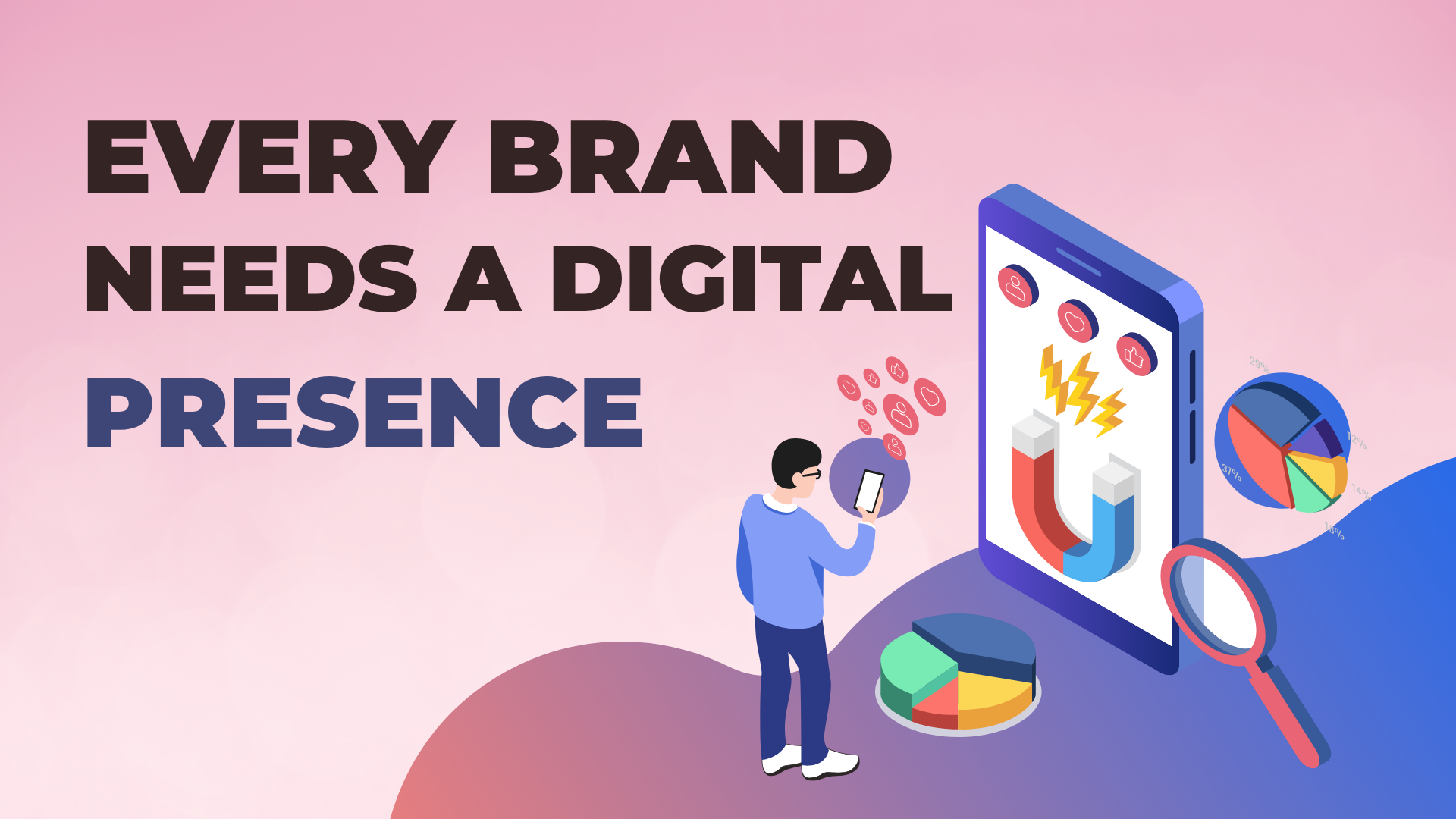


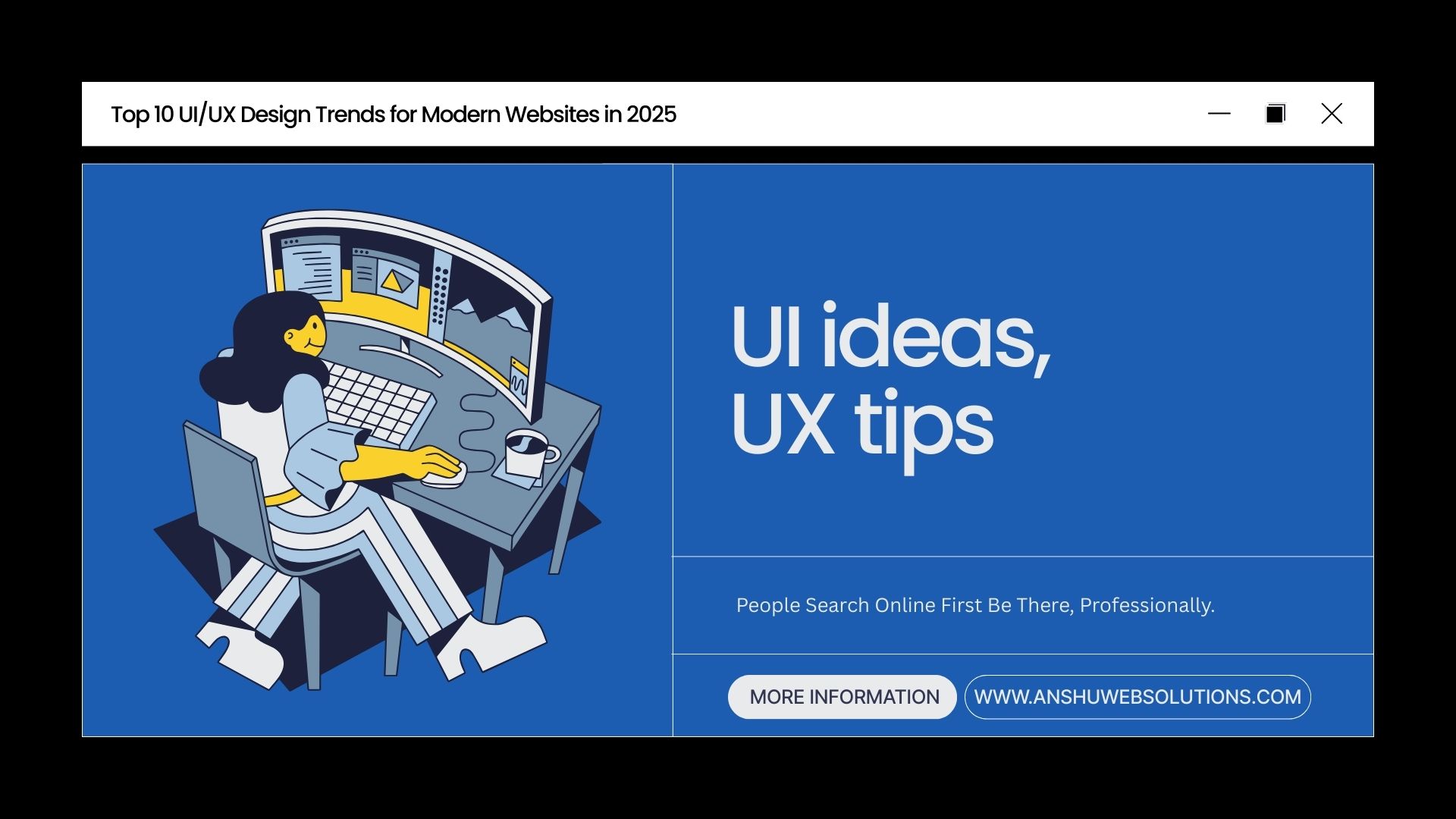



.png)
